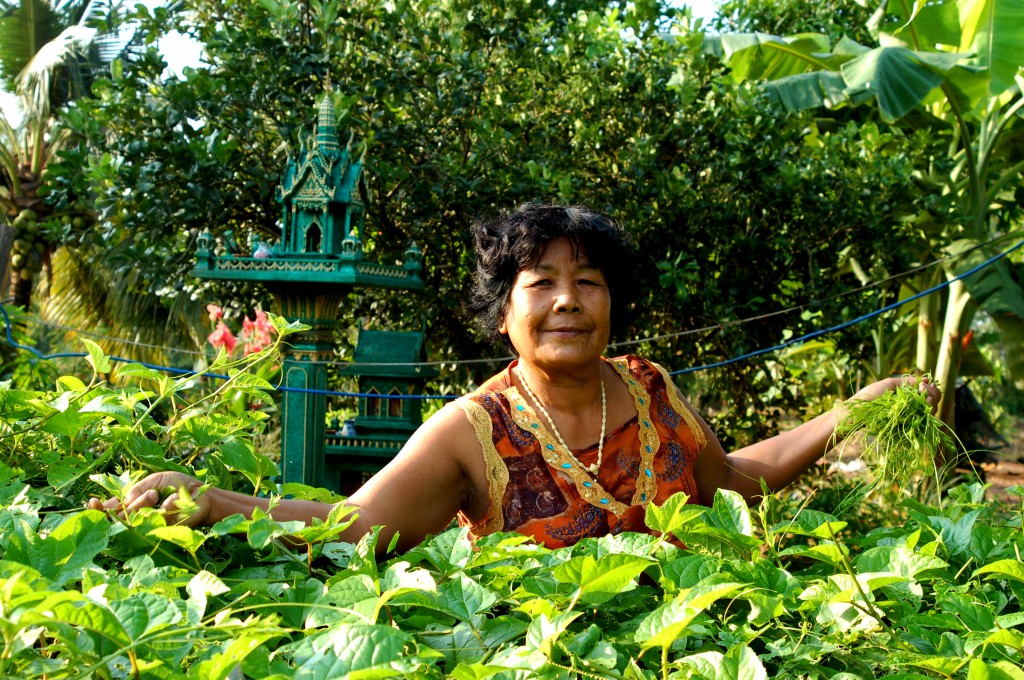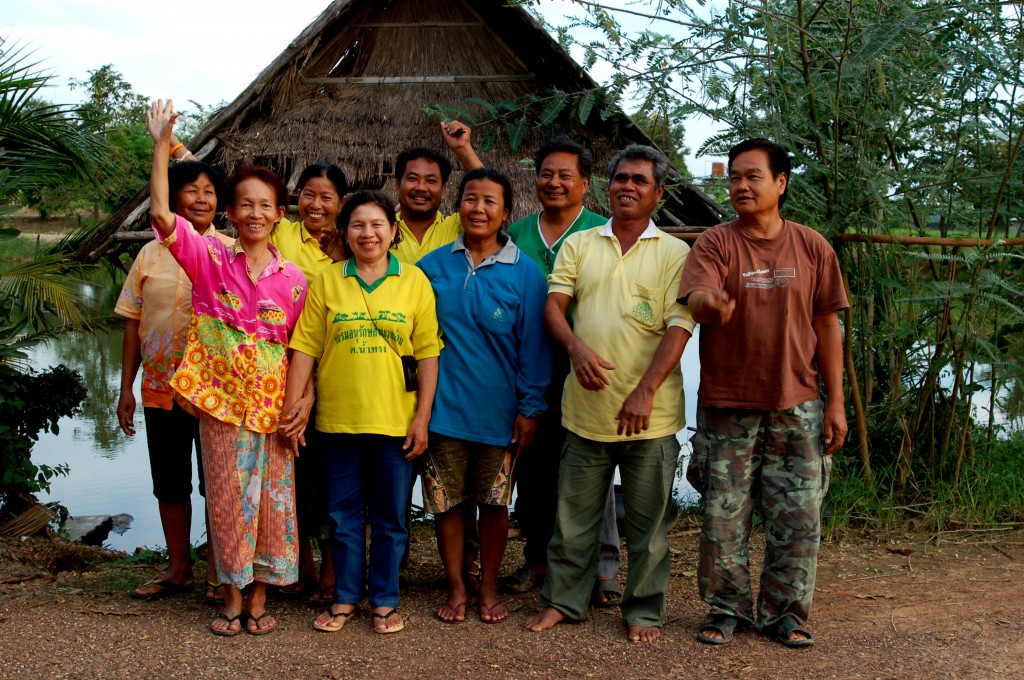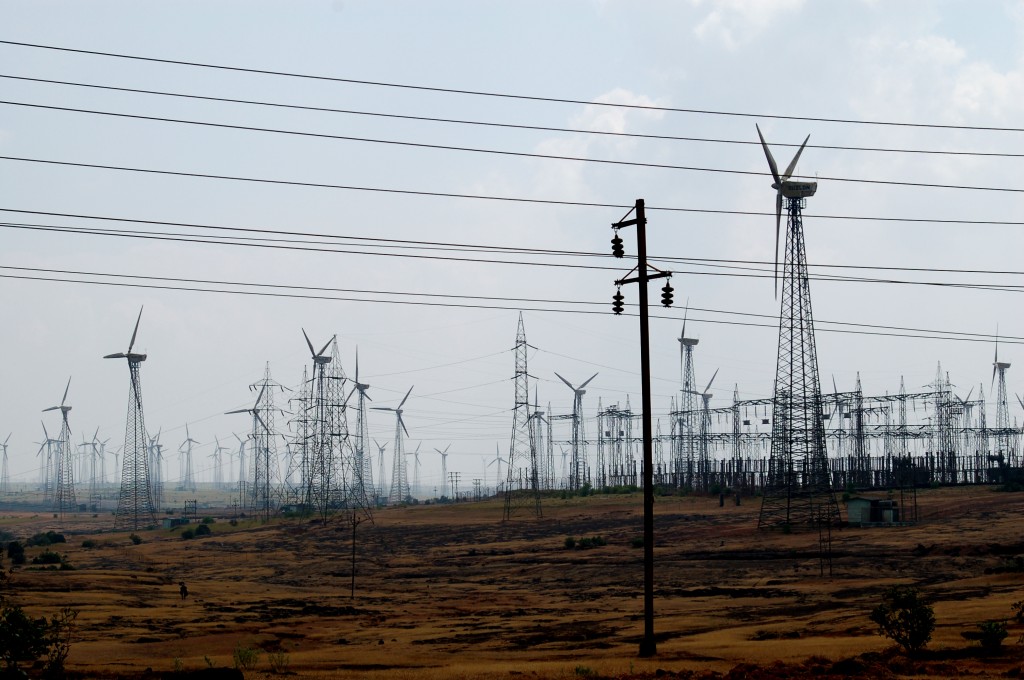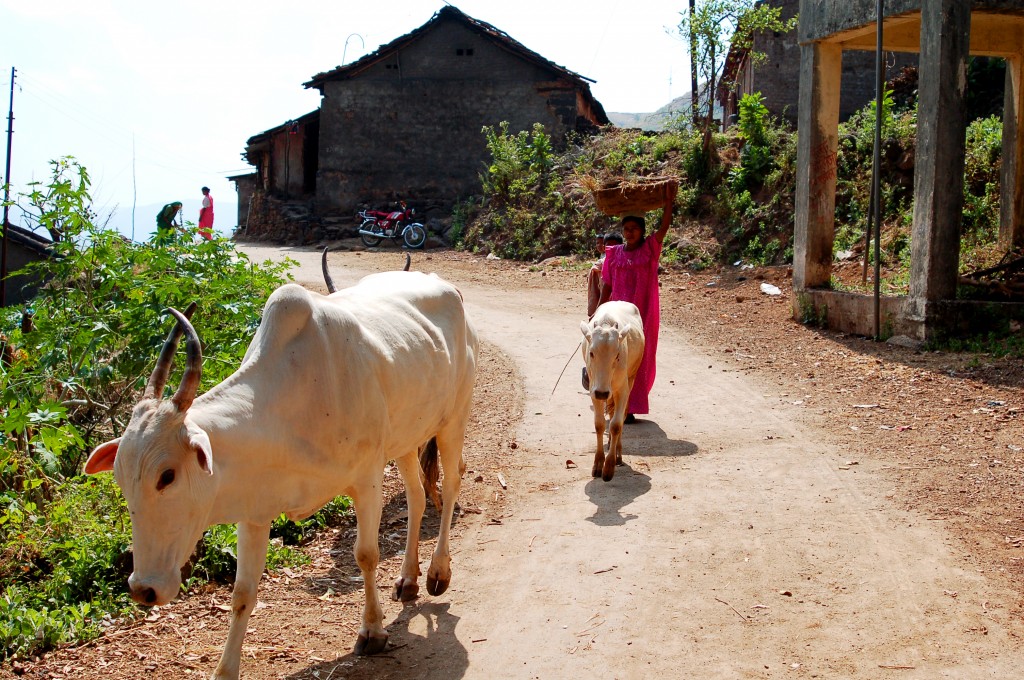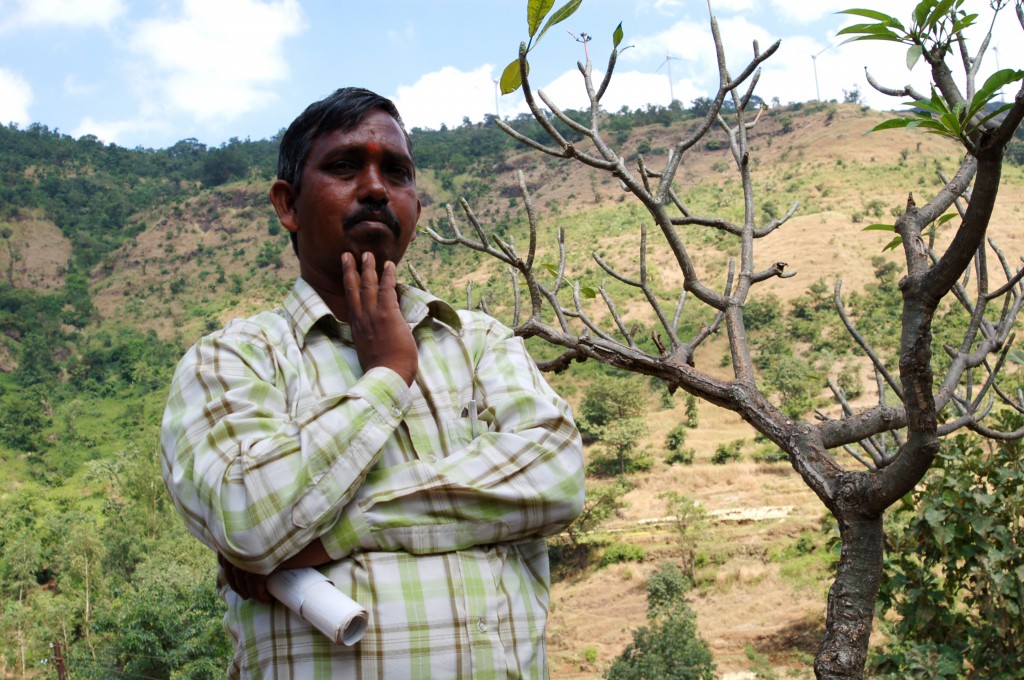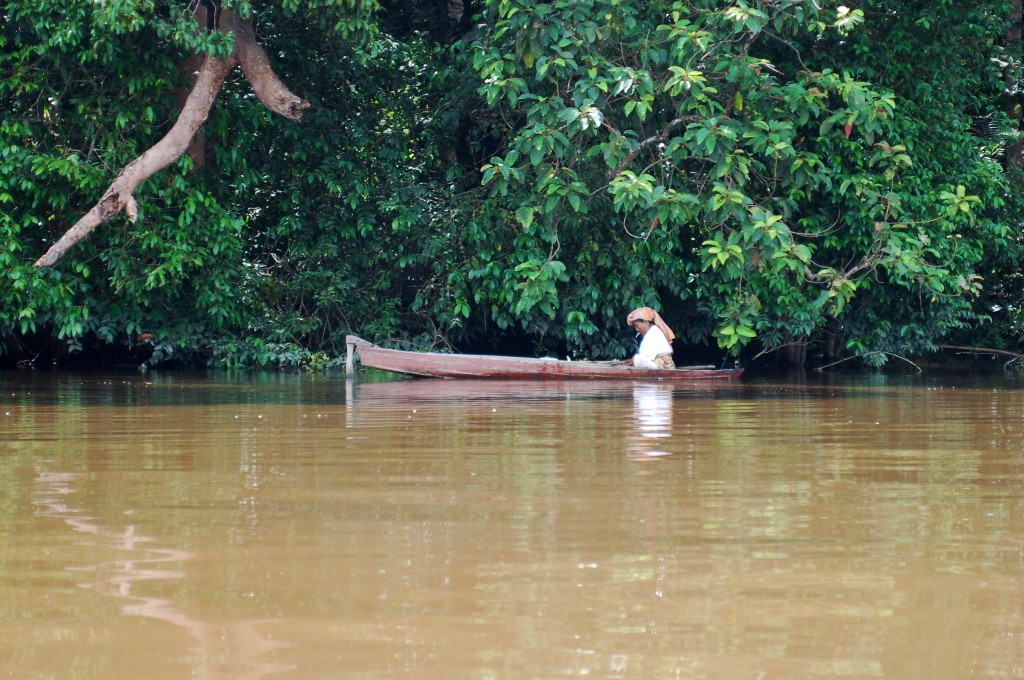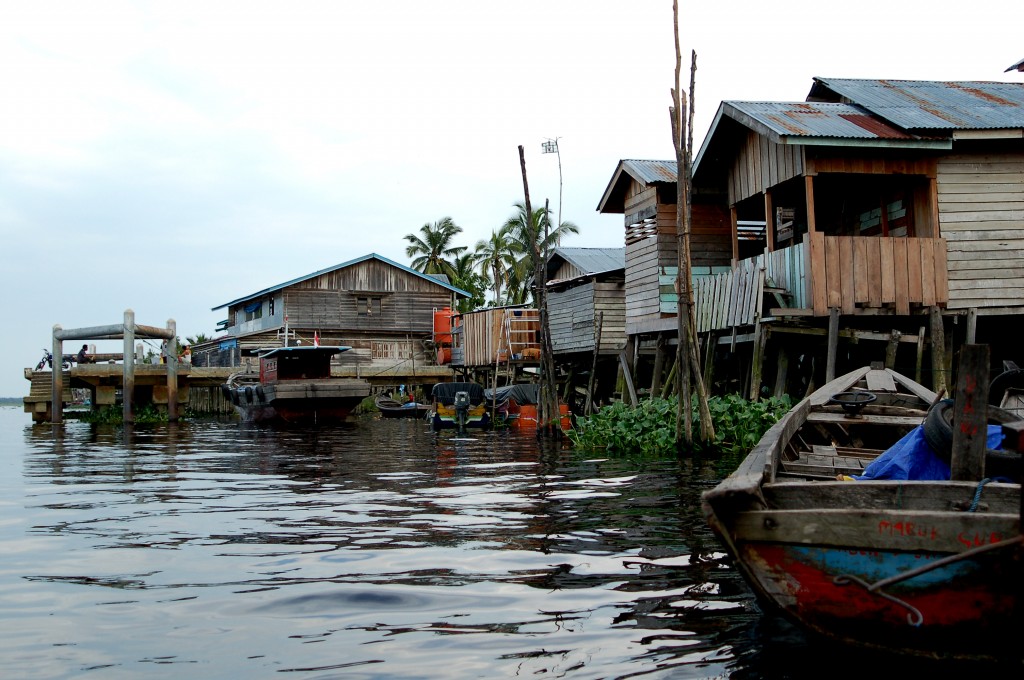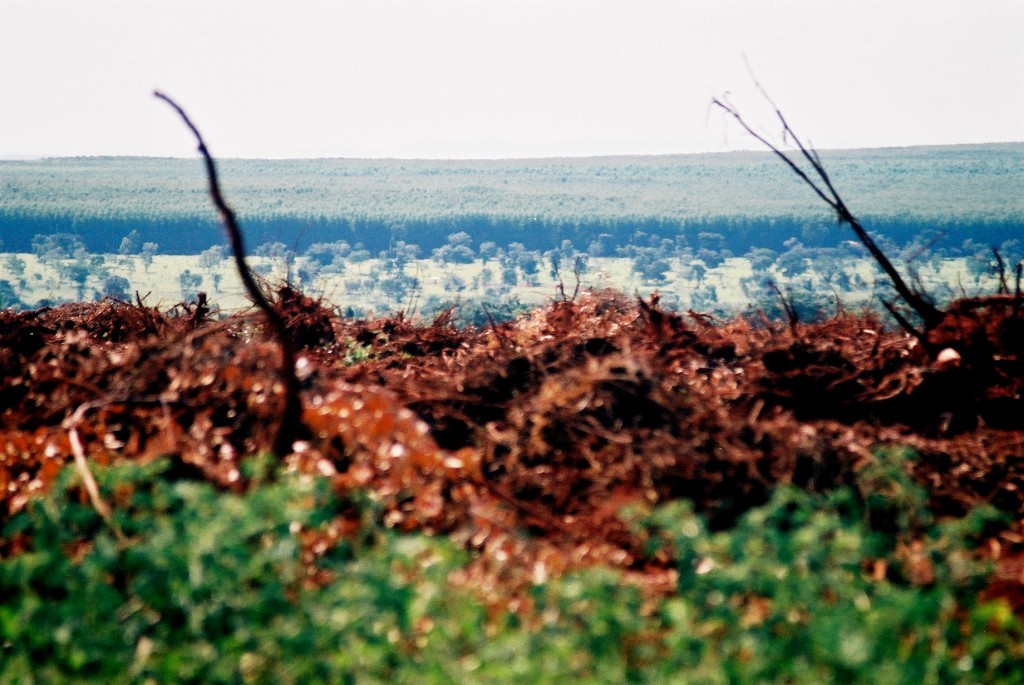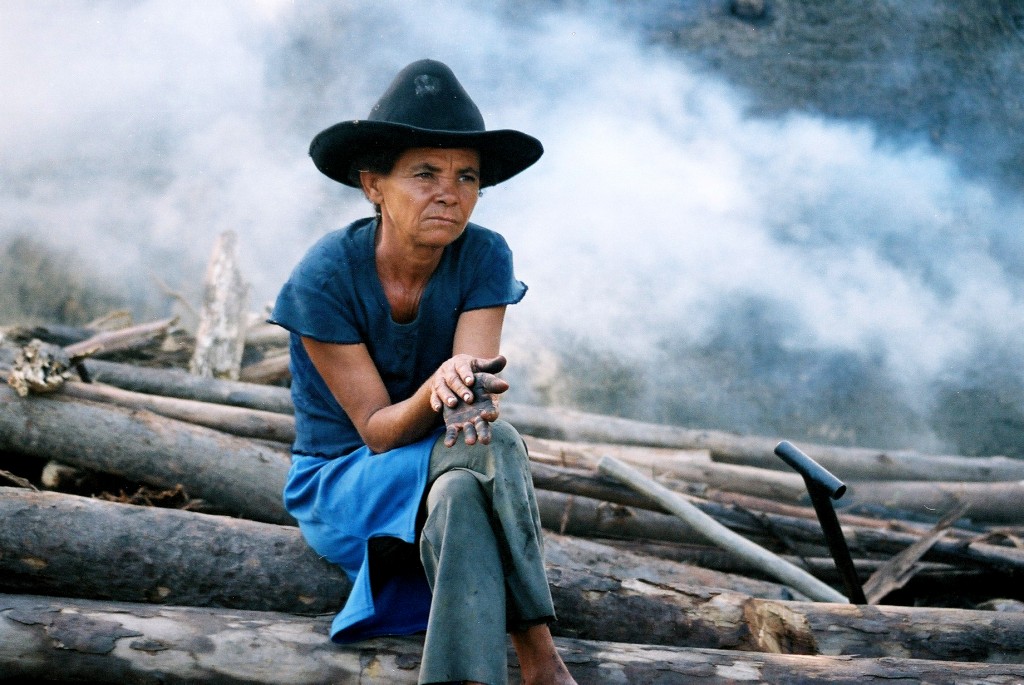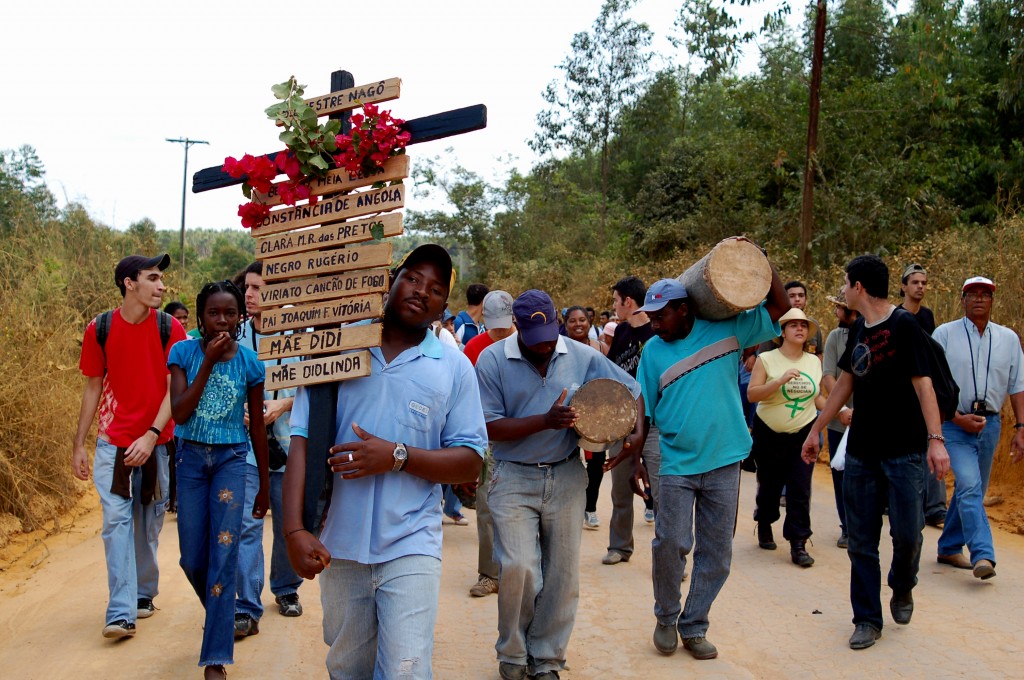Fertile Flood Lands
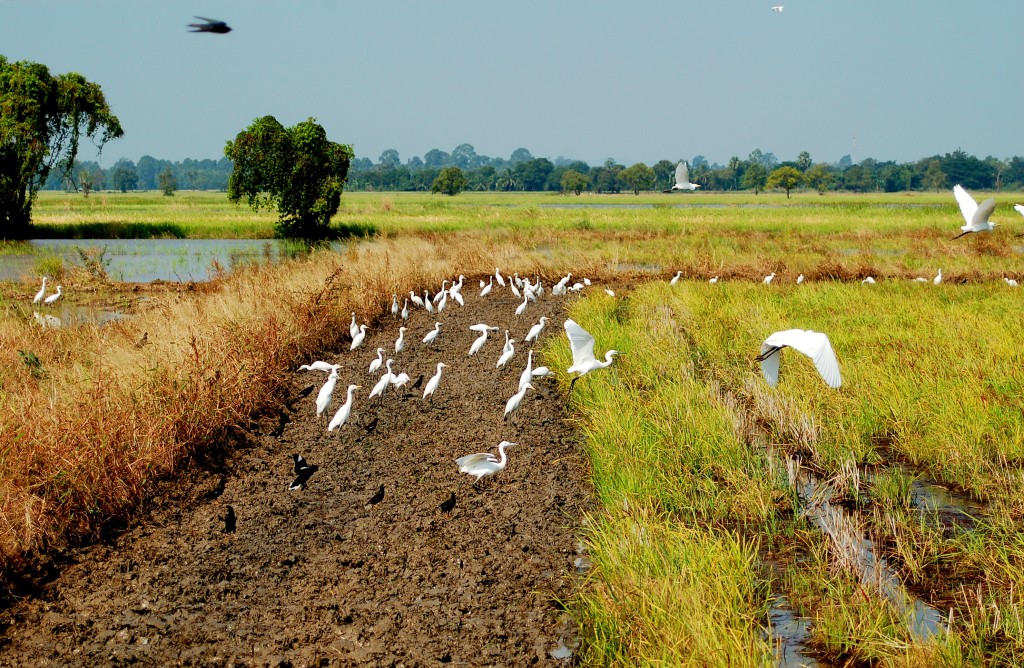 10 November 2008
10 November 2008
Nam Song, Thailand
Nam Song is a river-dependent community in Phayuha Khiri district, Nakhon Sawan province, Thailand. It is located on the fer- tile flood plain of the Chao Phraya River, just downstream from where two tributaries merge at Nakhon Sawan (Heavenly City) and 50 km from the A. T. Biopower plant in Pichit. The main source of livelihood is agriculture, which relies on seasonal flooding. When the water subsides in the dry season, the fertile banks are planted with cabbage, broccoli and other seasonal vegetables. When the water is high in the rainy season, it is used to flood rice paddies, while aquaculture facilities are constructed on the river’s edge.
Nam Song residents learned in 2001 of A. T. Biopower’s plans to build a biomass power
plant in one of their rice fields that would burn rice husks for electricity to be sold onto the grid. The residents learned that A.T. Bi- opower had put forward a plan to build five rice husk-burning biomass power stations with the objective of bundling them to ac- quire CDM financing.
Rice husks are a by-product of rice-milling. They have been used for centuries to absorb animal droppings, mostly from chickens. The resultant product is used as an agricultural fertiliser as well as for brick manufacturing. The rice husk and manure mixture creates a healthy balance of carbon and nitrogen which releases minerals into the soil and builds soil content. Rice husks therefore play a vital role in local small-scale agriculture.
